There’s useful knowledge that disappeared somewhere between these last couple generations. Maybe it’s just me, but there seems to be a lot of younger folks out there trying to figure out how to live in a harsh cruel world with bills to pay and things to do. Regardless of where or how you live, staying warm and dry when it’s cold out is essential.
Whether you live in the woods or the hood, I have some tips, tricks, and techniques for winterizing your home or space, whatever it may be. Keep the energy bills down and hold the drafts at a distance during the winter season.
Breezy Windows
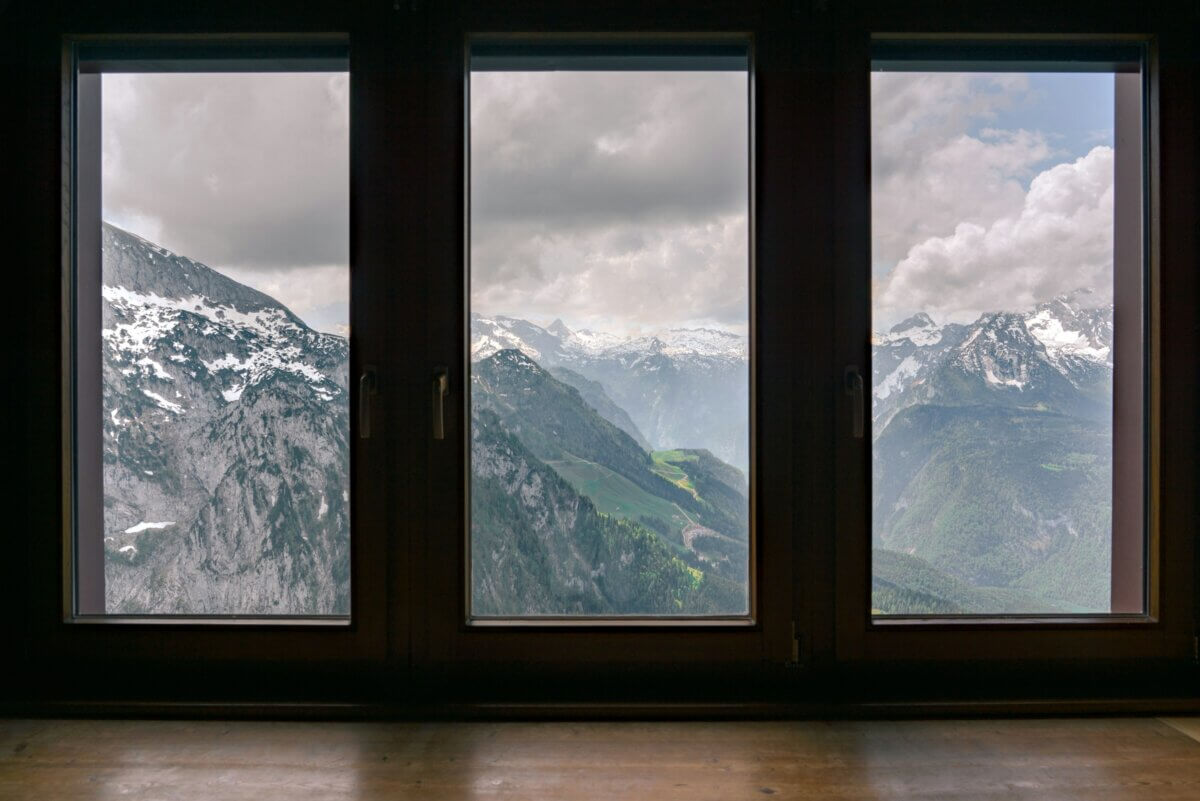
Open windows are excellent for the hot summers and warm afternoons during the spring. With autumn comes the chill winds, reminding us to start preparing for the long cold nights. Breezy windows don’t feel the same during the winter months, so let’s talk about some fixes.
Thick Curtains, Blankets, and Tapestry
Thick, full-length curtains are excellent for keeping out the drafts and cold while keeping in the warm air. If you can get your hands on thermal curtains, you should. One thing I love about thermal curtains is that they are as beneficial during the summer as they are in winter.
If you can’t obtain this type of curtain, no worries, you have options. An easy fix is to double or triple the curtains over cold breezy windows. Layering curtains will help add an extra layer of insulation around windows.
Perhaps you don’t have extra curtains or any curtains at all, maybe you have some spare blankets. If your windows are smaller, thick beach or bath towels will help. Basically, if you have some type of material that can be hung over a window to keep out the chill, use it.
Quick Tip: Don’t hang wet materials over cold windows, it will lower the temperature. Dry is best.
Window Insulation Kit
There are several types of window insulation kits on the market. Weatherproofing window film uses Velcro to keep PVC bubble film in place, sealing out the cold and keeping in the warmth. Shrink window kits use a thin sheet of plastic that’s heated with a blow dryer or heat gun to shrink.
You might pay anywhere between $6 and $50 for a kit. The price depends on the quality and type of materials, and the size and amount of windows it can cover. If you have thicker plastic hanging around and can’t afford a window insulation kit, hang up the thicker stuff. You can use tacks, nails, or tape to hold the plastic in place. It won’t have the heat or that tight shrink-wrap seal, but it will help.
Window Caulking or Sealer
Perhaps you have everything listed so far in your workshop or none of it at all. In those instances, consider checking the existing caulk or sealer. Where the glass meets the window frame is usually sealed with some type of window caulking. It’s also a good idea to check the seams surrounding the entire window and frame. Some windows might only need a quick touch-up. If it’s in good shape, that’s great, if not, hit it with a layer of seal or caulk.
In some situations, it may be time to have new windows installed. However, there is a debate surrounding whether or not the windows of older homes should be replaced. When I say old homes, I mean like 100 to 200 years old, but heck, maybe younger. Older windows made of wood and glass, can be rebuilt for far less money while producing the same results as new for keeping out cold winter air. Even if your home already has more modern or updated vinyl-type windows, they may need to be replaced or repaired.
Drafty Doors
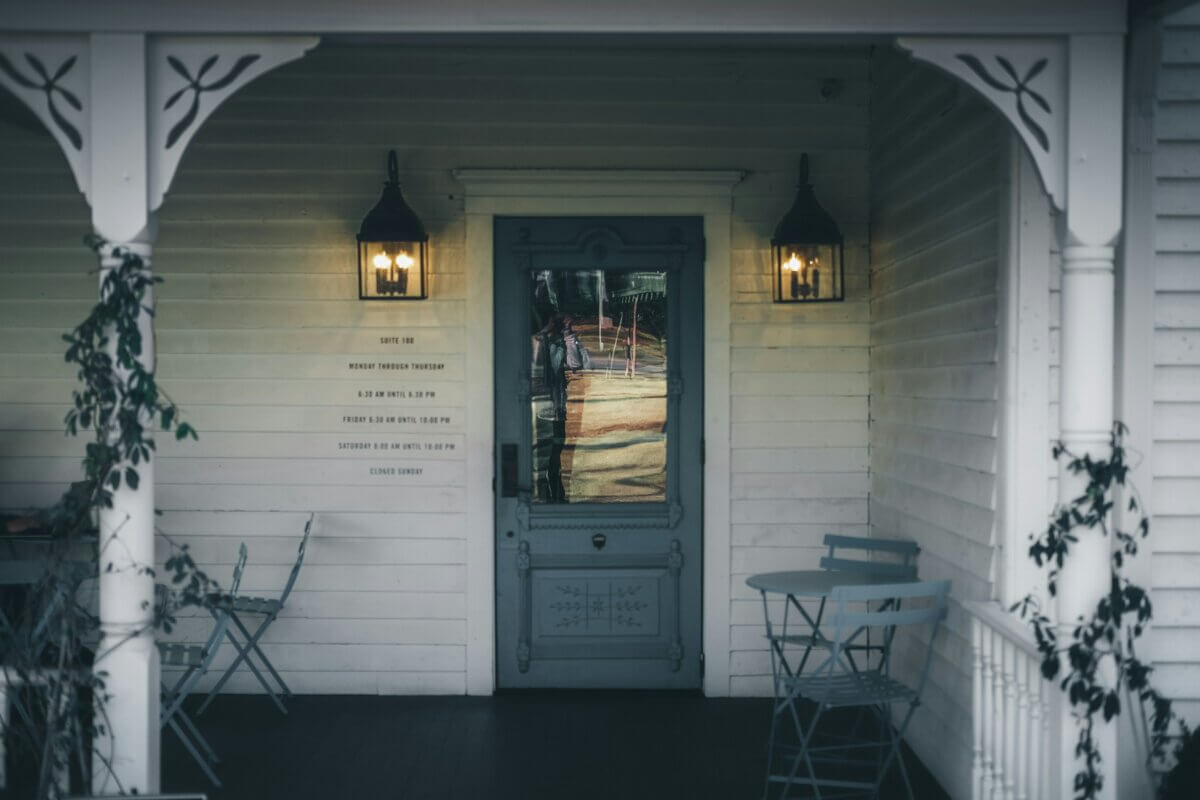
Have you ever noticed how much cooler it is inside when everybody’s in and out, busy all day? Same. It’s because we’re opening and closing the doors, and some of us (insert eye roll) are holding the dang thing open far too long. Anywho, there are things we can do to add a layer of warmth or insulation, so to speak.
Thermal Insulated Magnetic Door Curtains
Insulated door curtains are a newer approach to winterizing. Of course, there have always been ways to cover drafty doors, but these magnetic curtains seem to be a small investment worth making. Keep the heat in, the cold out, and the energy costs affordable.
Magnetic thermal curtains can be used for most doors, whether they’re interior or exterior. Another great thing about these is their dual purpose, keeping the house warm in the winter and cool in the summer. The price of thermally insulated curtains varies but can cost less than $40.
Long Thick Curtain – Tapestry – Blankets
Suppose you’re in a pinch, and the winter storms are blowing in cold and fast. Long thick curtains can be used to cover the front and back door frames. If you have a spare curtain rod that can extend the reach of your door (with a bit of overhanging each way), toss a long thick curtain, tapestry, or extra blankets over it.
I remember moving into a new place in the early autumn. Things were great until the weather shifted and temperatures dropped too low for comfort. We didn’t have all of our heavy-duty winter supplies anywhere near ready. We did what our elders taught us … improvise and work with what we had to get through the cold weather.
Limit Use or Cut Off Some Doors
Most houses are meant to have a certain number of doors and set standards for safety. When the temperatures are cold, and especially when they’re gonna plummet, cut off access to the least used (e.g., last to be used in an emergency). Eliminating the use of one extra door can drastically limit the cold air finding its way in, and the warmth from escaping outside. There’s no need to completely block them off. They should be accessible and free to use in the event of an emergency
Door Draft Stopper
You can buy or make door draft stoppers. Their job description is in their name, they stop the draft that tries to slide under doors. Even if the wind isn’t blowing and you stand near a door when it’s cold, the door and surroundings will be a cooler temperature than just a foot or two away.
They come in different styles. Some look more like a long skinny pillow that rests at the bottom of a door, while others are a weatherizing strip or seal. The strips are often made of silicone or something similar. On average, a door draft stopper can cost between $7 and $20. If you have some old clothing or material around, along with some thread, a sewing needle (or sewing machine), and material to stuff it with, you already have a door draft stopper for free.
Cold Floors
There’s something about getting up out of a warm bed and putting your feet on a cold floor that feels incredible during the heat of the summer, but it can be uncomfortable in the winter.
Carpet or Area Rugs
I love a good hardwood or tile floor … until it’s the middle of a cold winter. Area rugs are a solution for those looking for the best of both worlds. Carpet can be expensive when trying to cover large (or many) spaces.
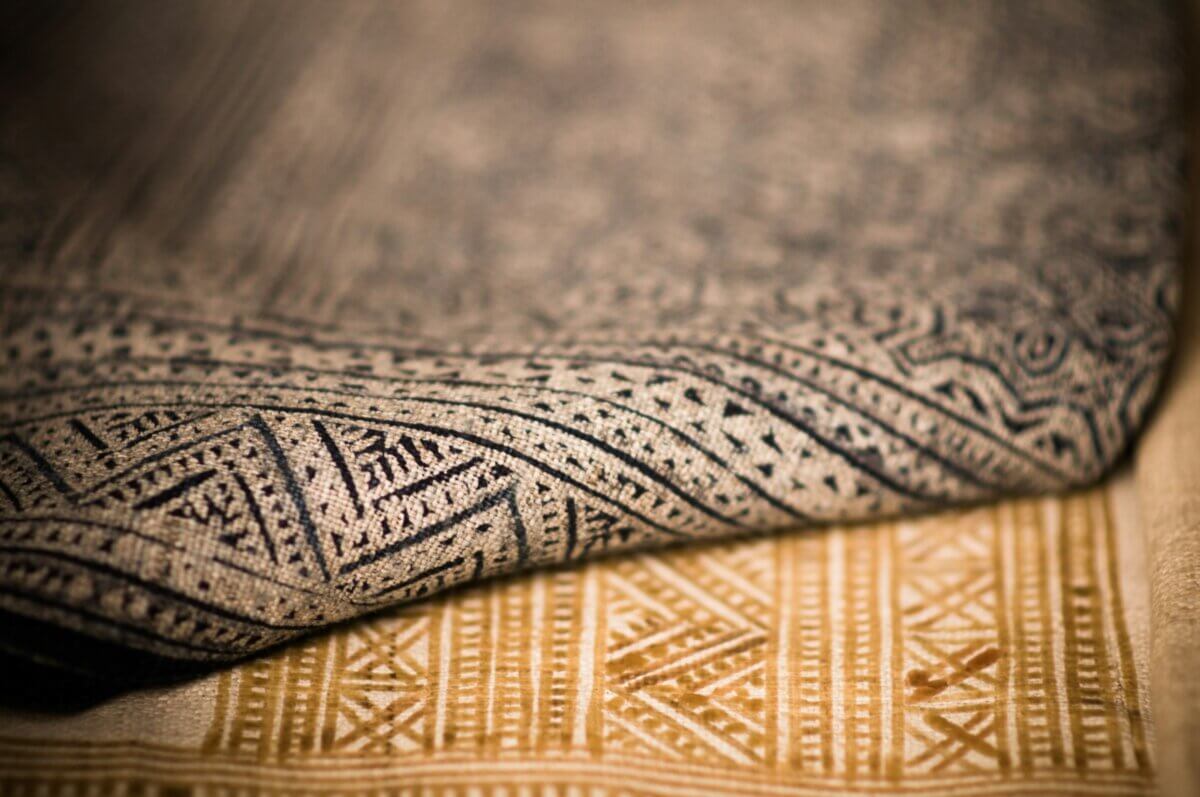
Area rugs are the next best approach. Get a few smaller, more affordable ones to lay down where you spend the most time throughout the day. Under the dining table, at the bedside or foot of the bed, and in front of the couch are a few key areas.
If you have some old clothing around the house that’s been stained or torn, you could always transform them into DIY rag rugs. It’s an excellent way to upcycle old clothes.
Using Closable Vents
If your home doesn’t already have closeable vents, you might consider a replacement. Vents can cost anywhere between $8 and $30 depending on the type, style, and size.
Suppose you have central cooling (perfect for summer), but not central heating. If that’s so, your vents might be allowing cold air to flow through during the winter. Having access to close the vents can help keep your house warm, and save on heating. If replacing vents isn’t feasible for your situation, no worries. We’ll cover that.
Vent Covers or Shields
Vent covers and shields are designed to block airflow whether hot or cold. They’re also utilized in emergencies, to keep out toxins or bad air, and areas close to wildfires can use them to limit lingering smoke. You can find covers for a variety of types and styles of air, heating, and cooling vents. While some are magnetic, others pop in place.
In a pinch, small kitchen or welcome mats can be put over a breezy vent. Don’t have one, use an old dry towel. You can use anything that will block the cold air from flowing.
Slippers and Thick Socks
Sometimes it’s so darn cold that it doesn’t matter how high the thermostat is or how many logs are in the fire; the floor is cold! Thick socks, extra socks, and slippers can help keep those tootsies warmer.
Landscaping
Do you have any windows that seem shrouded by shrubs, bushes, or scraggly branches? If it’s possible, have them trimmed to allow more sunlight into your home. On the other hand, maybe it’s not more sun your property or space needs, and you could use a windbreaker or barrier.
Hedges and Evergreens
Planting wind breakers or barriers takes an investment any way you look at it, but it’s an investment worth making. Have you ever been out on a windy day and stepped between two buildings or shrubs? Chances are you experienced a break in the wind.
It’s the same concept utilizing beautiful shrubbery or evergreens to create a natural wall or barrier to limit the frigid air coming into your space. I’ll tell ya, it’s a real game-changer. Of course, they’re living things and on occasion, they will need to be tended.
Let the Sun Shine
Suppose you have large trees or some type of large shrubbery blocking a window from some exceptional sunshine (as mentioned above). If possible, trim, snip, or cut it back and make room for the sun.
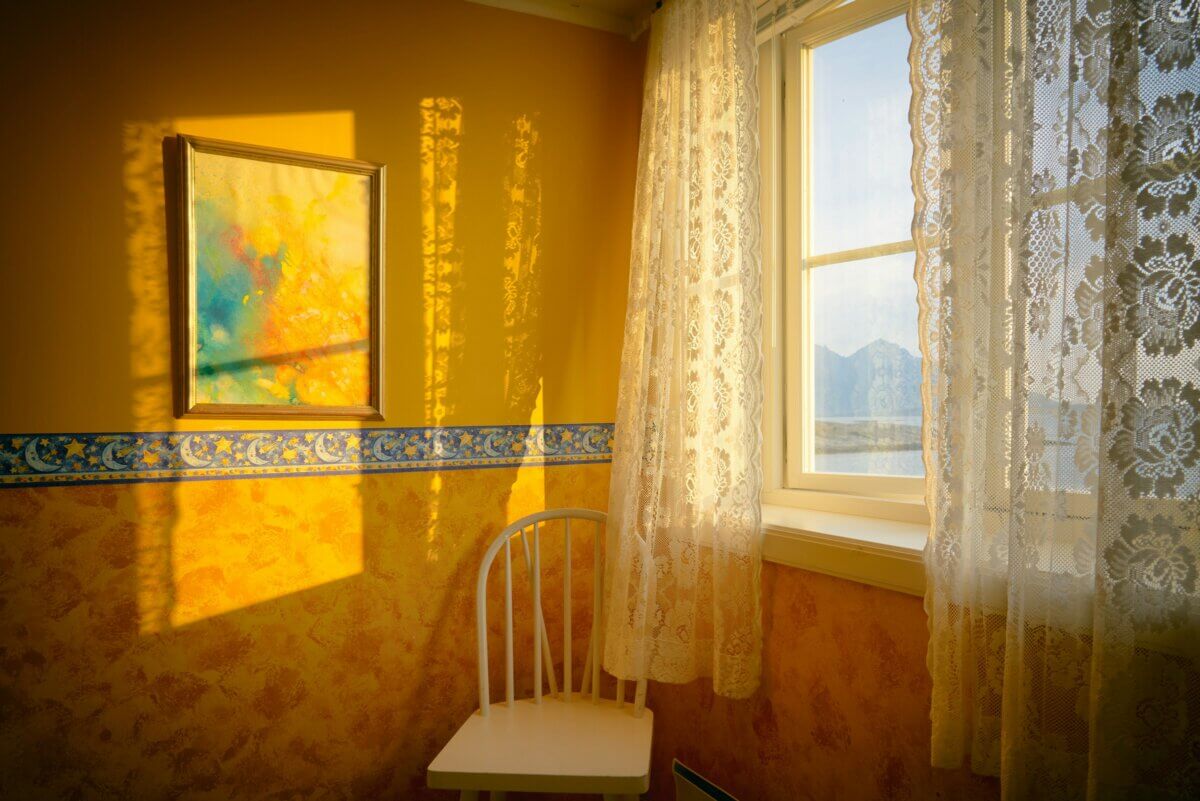
Insulated curtains are meant to keep out the cold air, but on those chill days when the sun is shining bright, open the curtains for a while and let in the warmth. Before sundown, close the curtains and it will help keep you warmer.
Winter can be rough, especially in places where harsh heavy snow and cold temperatures are commonplace. There are both small and large investments we can make for the future of our space or home. My first go-to response for cold houses is to recommend the installation of a wood stove, furnace, or other heating system — if manageable. That option is a personal favorite of mine, but I know it’s not always the best answer. Anyway, now you have a few options. I’m likely missing loads of excellent tips and ideas, but we had to start somewhere, didn’t we?






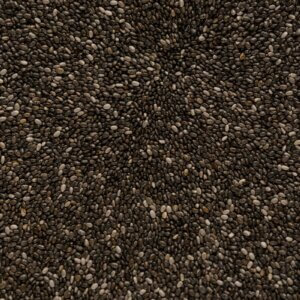




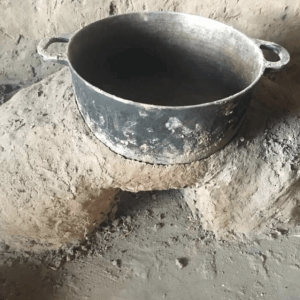









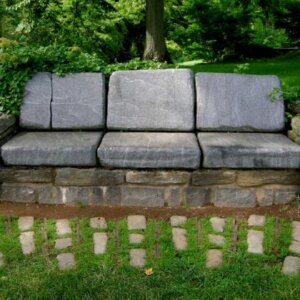








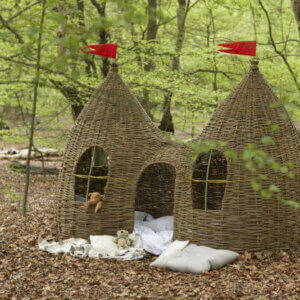





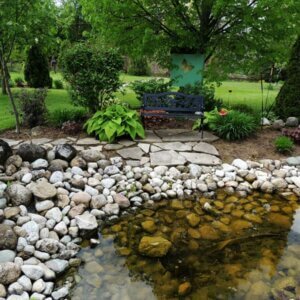





We lived in a house in North Dakota, built about 100 years ago, that was tight and warm without insulation. Turned out the outer walls were 2 layers of tongue and groove 1 xs, like for a porch floor. In one layer the boards were vertical, and the other horizontal. Real 1” boards, rough cut. It had normal siding on top of that.